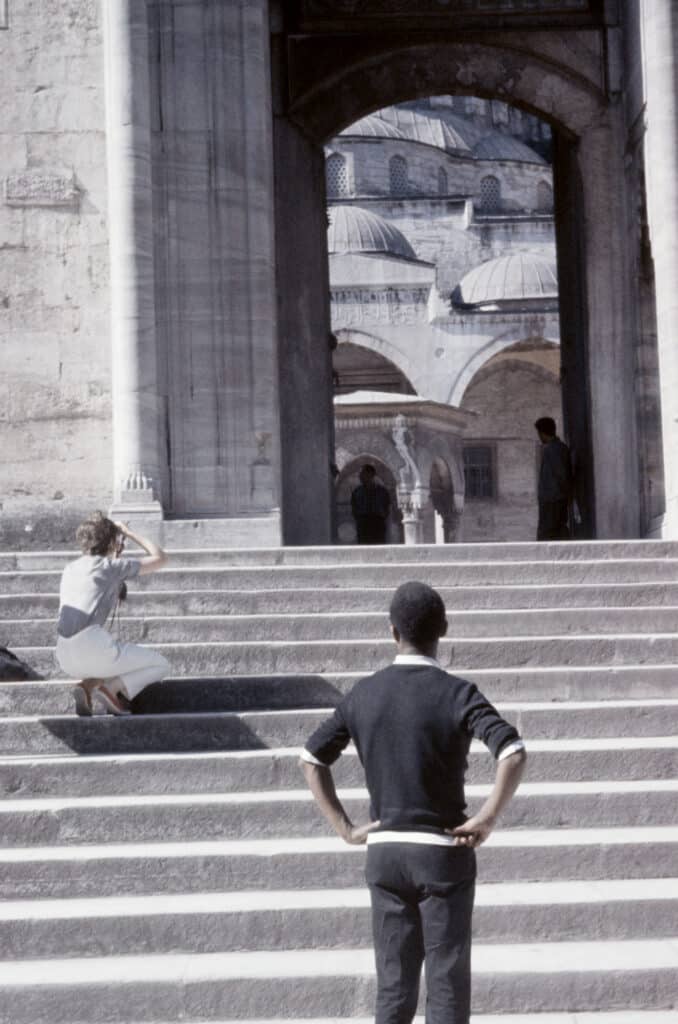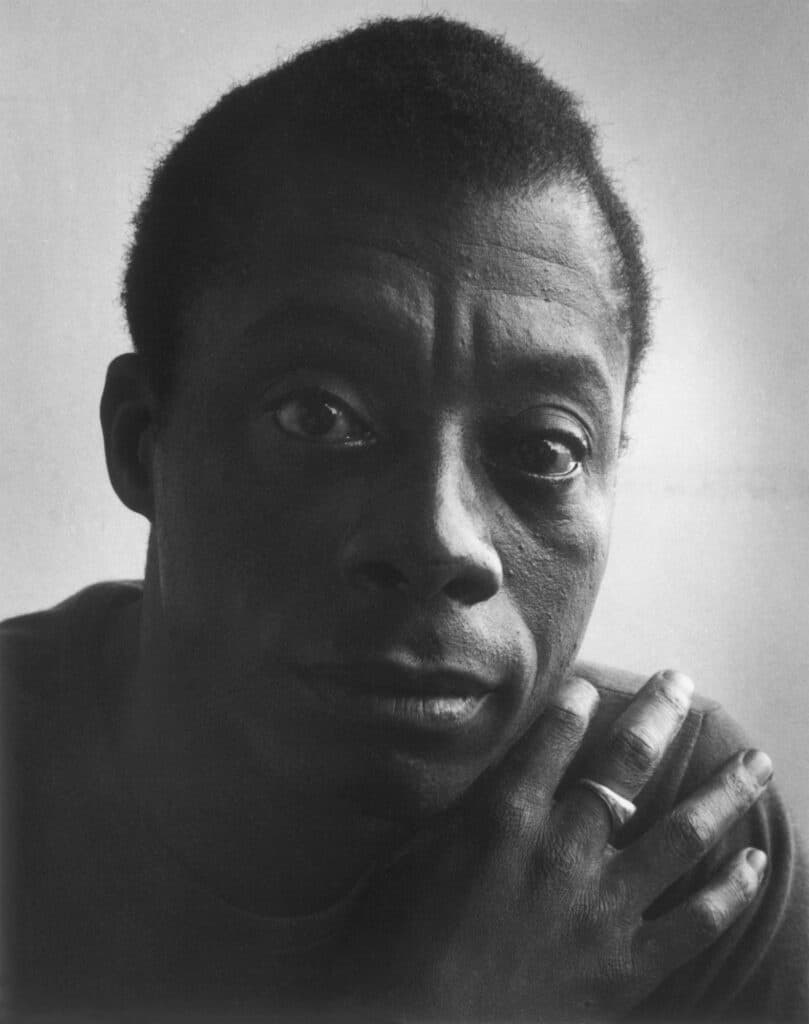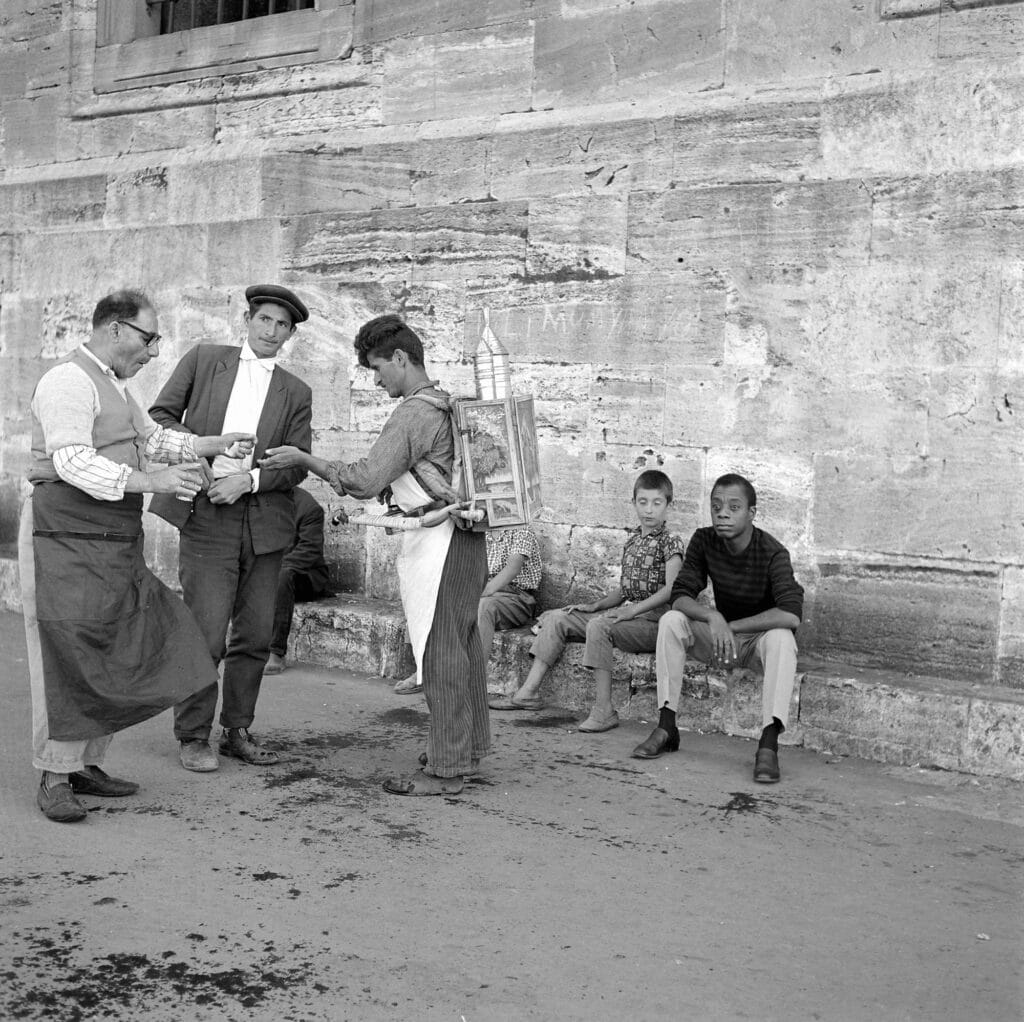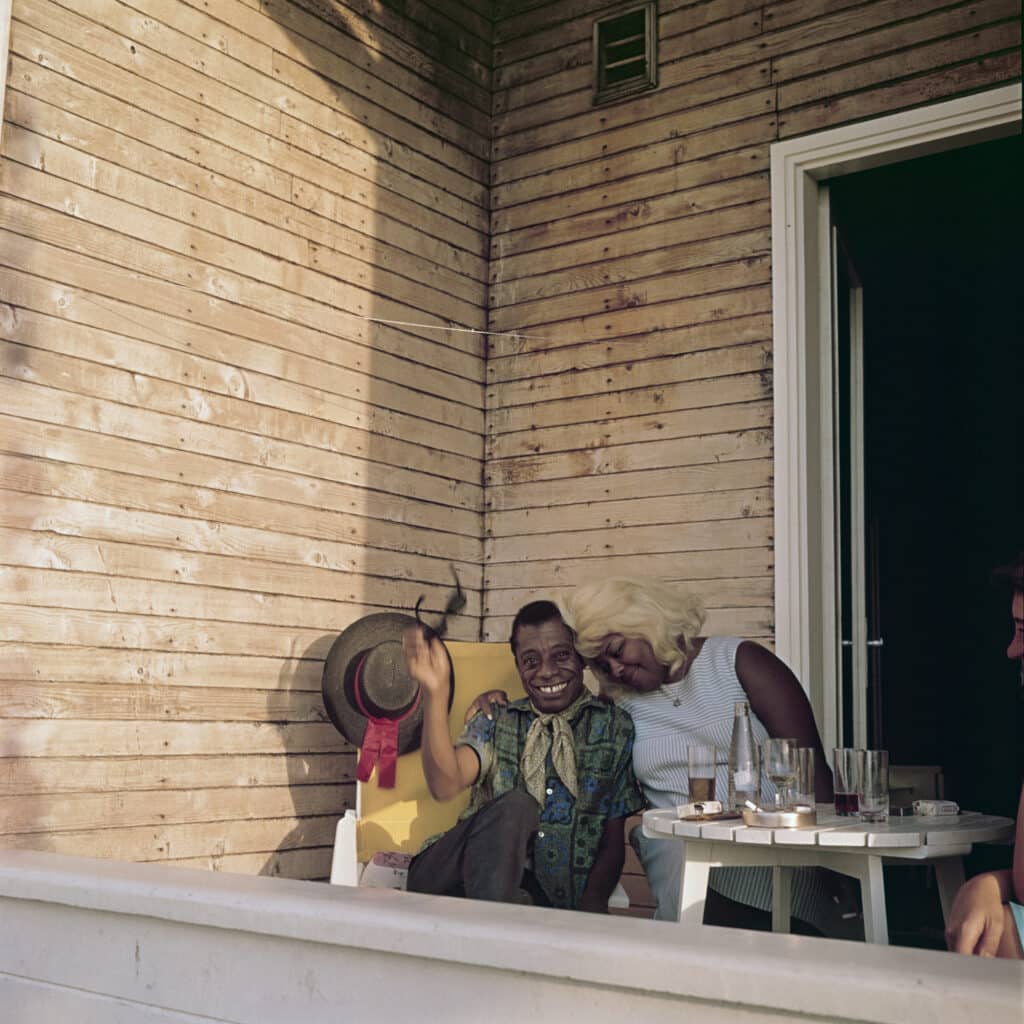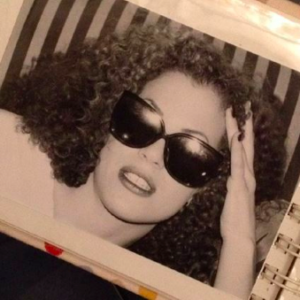“I don’t really know what I am, you know, politically speaking,” James Baldwin says as he tightens the bathrobe sash around his waist while moving about his Istanbul bedroom in May 1970.
Turkish photographer Sedat Pakay moves through the room, handheld film camera quietly whirling as the grainy black and white captures Baldwin as we’ve never seen him before: half naked and impressively endowed. He wears little more than a pair of white briefs and a short robe, the sheets unmade, his virility in full view.
“I never considered myself to be a leader,” Baldwin continues in what would become Pakay’s 1973 short film, James Baldwin – From Another Place. “I consider myself to be a kind of witness I suppose, I don’t know, but my weapon or my tool is my typewriter, is my pen. It would be a mistake for me to try to play some other role, which I really couldn’t play very well. So there we are, that’s it,”
James Baldwin, easily the most famous American literary expat since Ernest Hemingway, long made France his home. But it was Istanbul where he would pen some of his most unforgettable works including The Fire Next Time, From Another Country, and No Name in the Street during his 10-year stay in the City on Seven Hills.
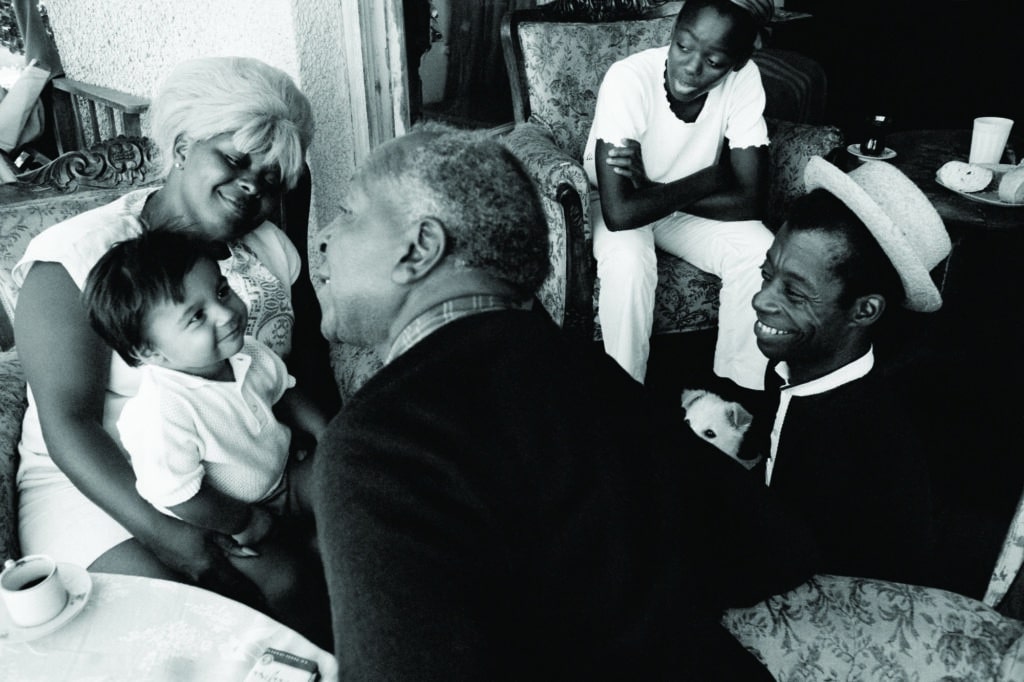
Now, the exhibition “Turkey Saved My Life – Baldwin in Istanbul, 1961–1971” revisits this extraordinary chapter of the writer’s life. Organized in tribute to Baldwin’s centennial, the exhibition brings together rarely seen work by Sedat Pakay (1945-2016), the Istanbul native who studied photography with Walker Evans at the Yale School of Art, receiving in MFA in 1968.
Theirs was a friendship destined for greatness from the start. In 1969, the Smithsonian Museum exhibited one of Pakay’s portraits of Baldwin, while portions of the short film, James Baldwin – From Another Place, were incorporated into the American Masters/ PBS biography of the writer.
No name in the street
As a Black queer man coming of age in the United States during segregation in the years before Stonewall, James Baldwin defied society’s expectations of silence. But like writer and photographer Ralph Ellison, who wrote the searing 1952 novel Invisible Man, Baldwin made visible what had gone unseen.
But the relentless forces of racism and homophobia drove him from America in the mid century. He lived in Paris between 1948–1957, his life a moveable feast. He returned to New York, only to establish a second home in Istanbul where he found sanctuary during the turbulent 1960s.
From the outset of his career, Baldwin understood the power of photography, collaborating with no less than former high school classmate Richard Avedon on Nothing Personal, a collaborative exploration of American identity in 1964. Baldwin saw a nation destroying itself from within, desperately in need of love and respect for life itself.
It was just this love Baldwin received from the people of Istanbul and from his close friendship with Sedat Pakay, who was just 19 years old when they first met. He became Baldwin’s photographer, accompanying him along his various jaunts through the city, as well as documenting more intimate moments like the writer pensively gazing at his typewriter, cigarette in hand, while at work on the novel, Tell Me How Long the Train’s Been Gone, in 1965.
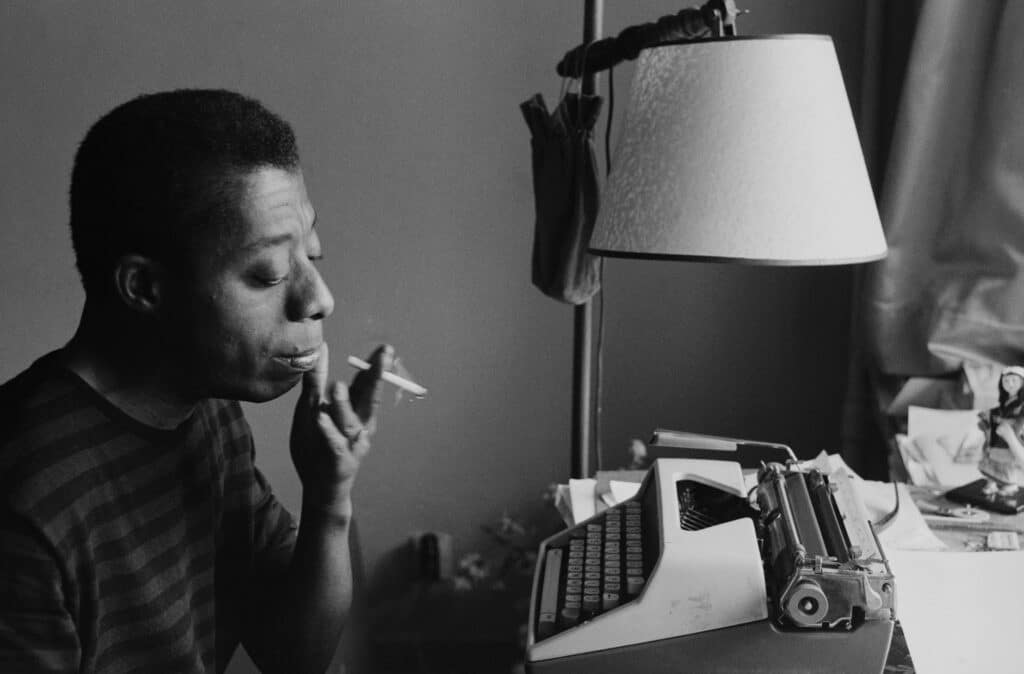
“Turkey saved my life!” Baldwin famously declared of his time. And he paid it forward, sponsoring Pakay as he obtained a US Green Card. Theirs was a bond built on love, respect, and truth that allowed Baldwin to be bold, bare, and desirable, enjoying a state of pleasure and repose hard to find in photographs of Baldwin while he was in America those very same years.
“Turkey Saved My Life – Baldwin in Istanbul, 1961–1971” is on view through February 28, 2025, at the Brooklyn Public Library, in Brooklyn.

